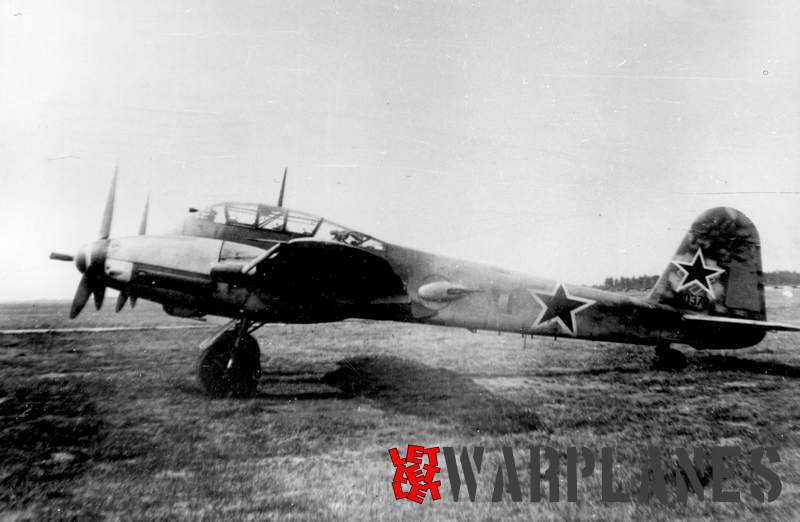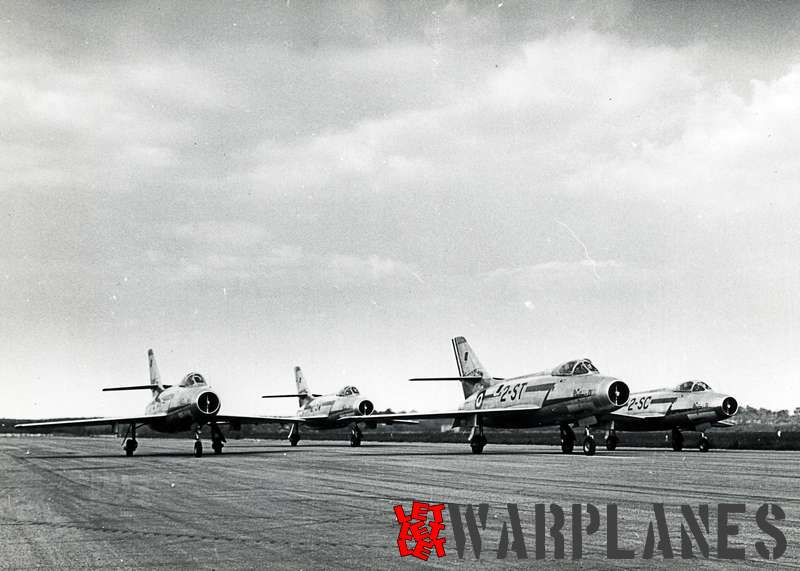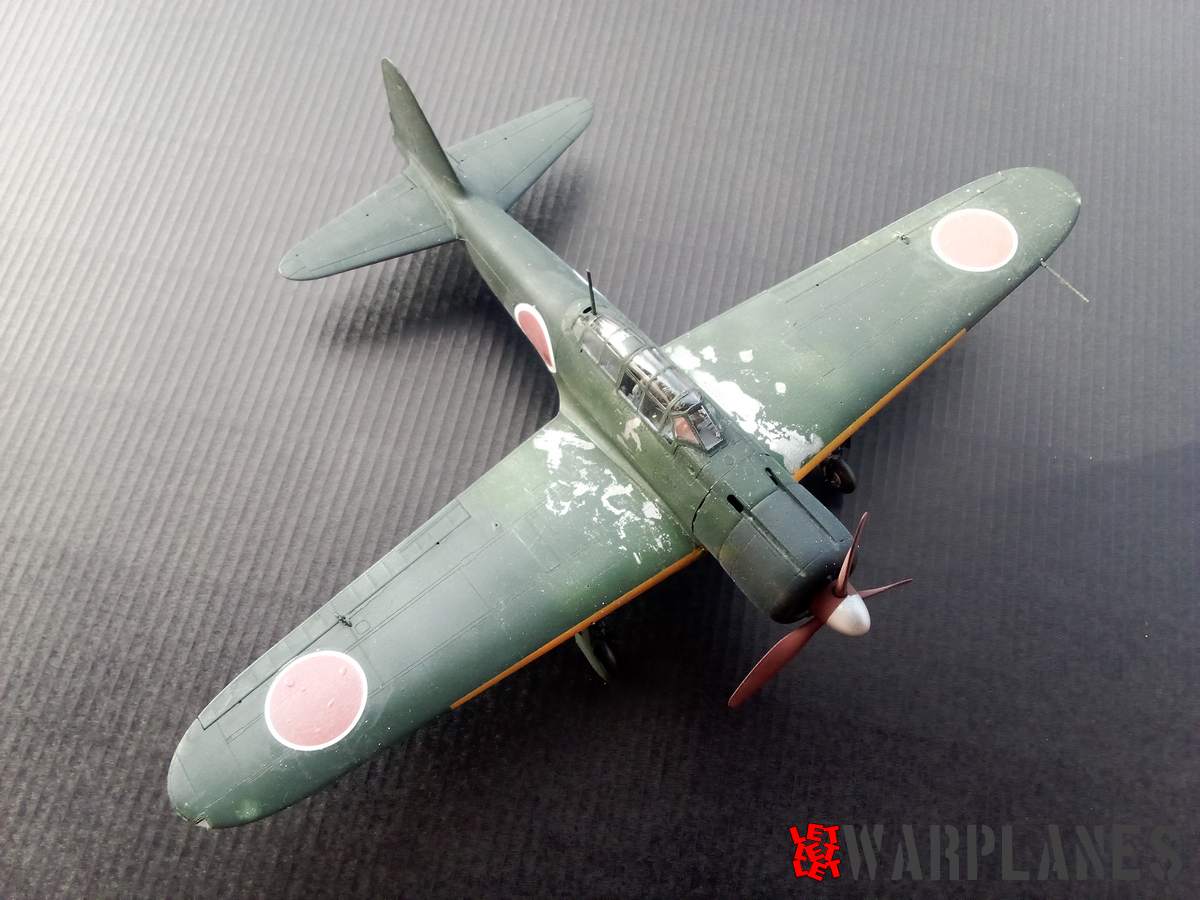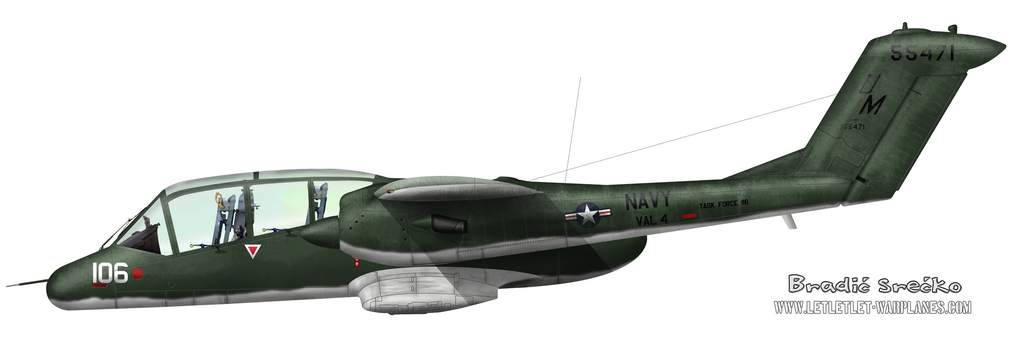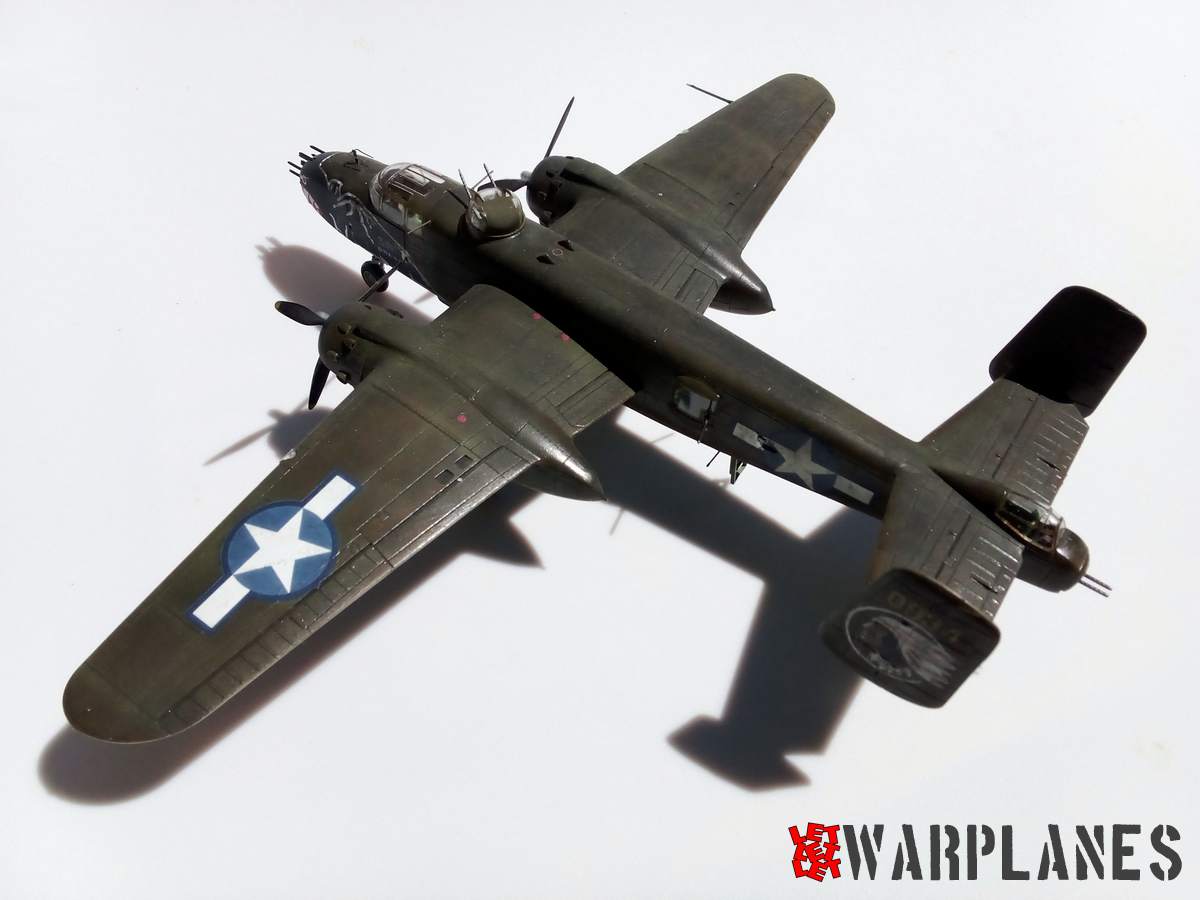Seafire F Mk.46 and FR Mk.46
The Supermarine Seafire F Mk.46 was to be the first Griffon powered Seafire that was to be actually suitable for service on Royal Navy aircraft carriers though it was not equipped with folding wings.
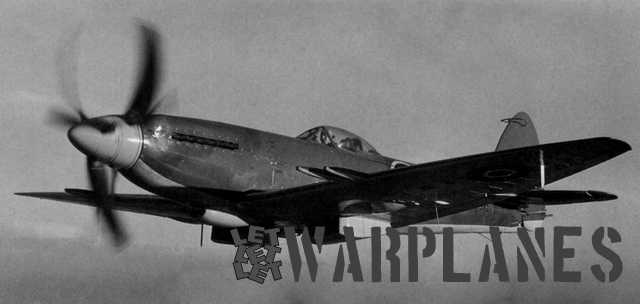
Built by Vickers Armstrong at Castle Bromwich under contract B981687/39, the F Mk.46 Seafire started life as a part of the seventh order for 300 Spitfire Mk.Vc’s in March 1942. However, this contract was cancelled in 1943 but then later re-established as an order for 120 Spitfire Mk.21’s. This order was then further extended to inculde 94 Seafire F Mk.45’s and Mk.46’s.
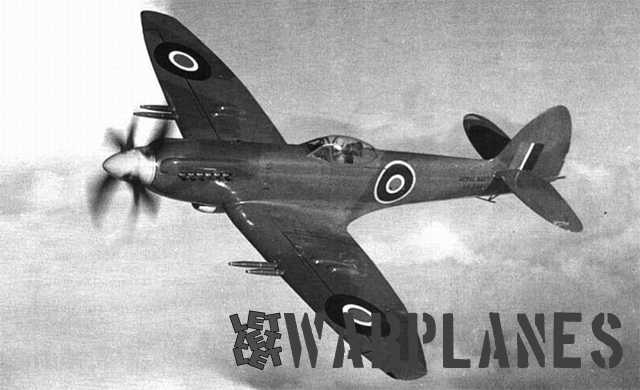
Seen as a “semi-navalised” variant of the Spitfire Mk.22, the Mk.46 Seafire was fitted with the bubble style canopy and the cut-down rear fuselage, which was seen earlier on the Mk.XVIII Seafire, but this new aircraft lacked the curved windscreen of the earlier aircraft. The previous Mk.45 Seafire was euipped to carry 120 gallons (454 litres) of fuel; added to this the Mk.46 was fitted with a 33 gallons (125 litres) fuel tank in the rear fuselage, also it could also will fitted with two 22½ gallon (84 litre) drop tanks under each wing. The power for the Mk.46 came from a Griffon 87 engine which was connected to a six-bladed Rotol contra-rotating propeller. The double propeller system successfully counted the engine torque seen in the earlier Griffon engines. Also the Mk.46 was to be fitted with the enlarged tail section from the Spiteful airframe.
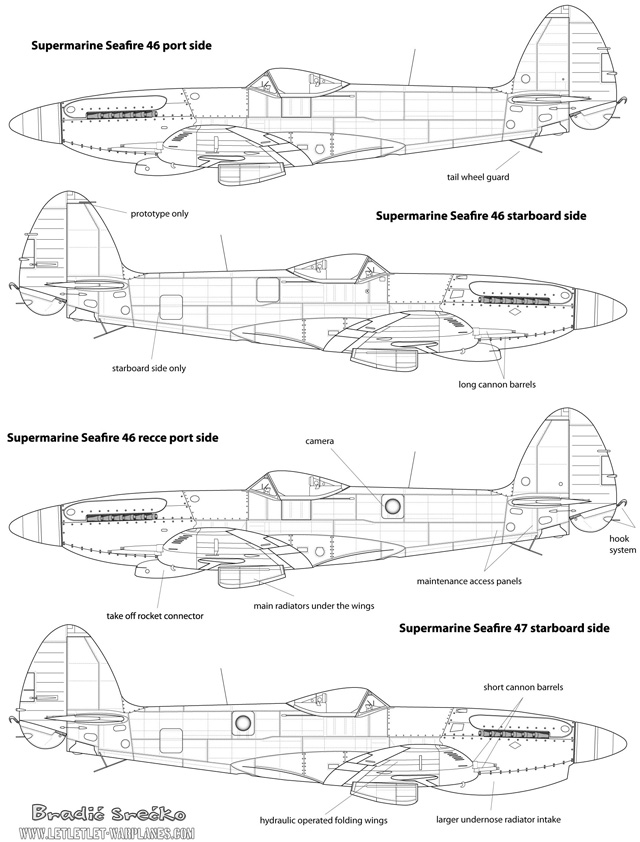
So with the combination of the contra-rotating propeller system and the new tail, this gave the aircraft greater stability, making it much easier to fly. The Mk.46 was fitted with a 24 volt electrical system, unlike the Mk.45 which was just 12 volts.
The both the Fighter and the Fighter-Reconnaissance variants of the Mk.46 were fully tropicalised and provision was made for deck landings with a “string” type arrester hook. However, it was planned that this variant would be only used from shore bases.
The prototype, TM383, was in fact a Mk.21 Spitfire airframe modified by Cunliffe-Owen and first flew on the 8th September 1944. This aircraft was scheduled as the third prototype for the Mk.45, but was withdrawn from that contract for use on the Mk.46 trials. By January 1945 was well into its prototype trials. It was stated that during one of the trails “Dived in formation with LA436 (a Mk.45) at 495 knots LA436 was going steeper and accelerating but vibration on TM383 became such that it was eased out of the dive.

The FR Mk.46 only differed by having the provisions for a pair of F.24 aerial cameras to be fitted in the rear fuselage, one in the vertical and the other in oblique positions. To stop mud and dirt covering the vertical camera port during take-off, a “mud-flap” was fitted over the port and was jettisoned by the pilot once airborne. Both aircraft variants were also fitted with a cine-camera mounted in the leading edge of the starboard wing.
The Mk.46 was armed with 4 x 20mm Mk.II cannons and with its strengthened wings it could carry either 8 x 25lb or 60lb head rocket projectiles and mounted uder the fuselage it could carry 1 x 250lb or 500lb bomb.
Only 24 Seafire Mk.46’s were to be finally produced and they carried the serial numbers LA541 to LA564. Entering into service in 1948, the Mk.46 was seen as an interim aircraft and as such it was not to see front fline service and was only used in the training role by Nos. 736, 738, 767, 771, 777, 778, 781 and 787 Naval Air Squadrons. Later a number of these aircraft were also to see service with various trials organisations. One airframe LA544 was used on anti-spin trials in 1946 and as such was fitted with an anti-spin parachute and fin guard.
Before the Mk.46 was retired from service in 1951, the last of the F Mk.46’s were operated by No. 1832 RNVR Squadron.
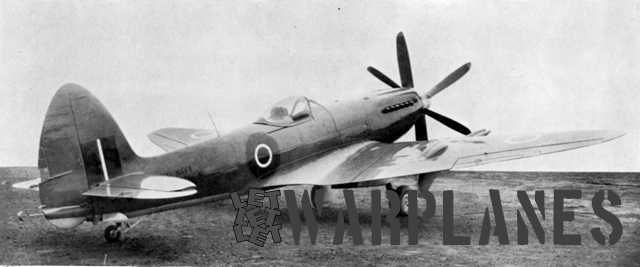
Details of the F Mk.46 / FR Mk.36
Supermarine Type 388
Engine: Two-stage two-speed Supercharged Griffon 87
Power: 1,540hp
Crew: 1
Wing Span: 36ft 11in
Length: 33ft 3in (tail up), 34ft 6in (to tip of arrestor hook)
Height: 11ft 6in (Tail up), 12ft 6in (tail down)
Max Speed: 435mph at 24,000ft
Max altitude: 40,700ft
On board Armament: Four Hispano 20mm Mk.II Cannons
Bomb/Rocket Load: One 250lb/500lb bomb uner fuselage, also eight (four each wing) rocket projectiles.
Mick Gladwin


